 The Deli
Paper
The Deli
Paper
Sorry, but nothing matched your search terms. Please try again with some different keywords.
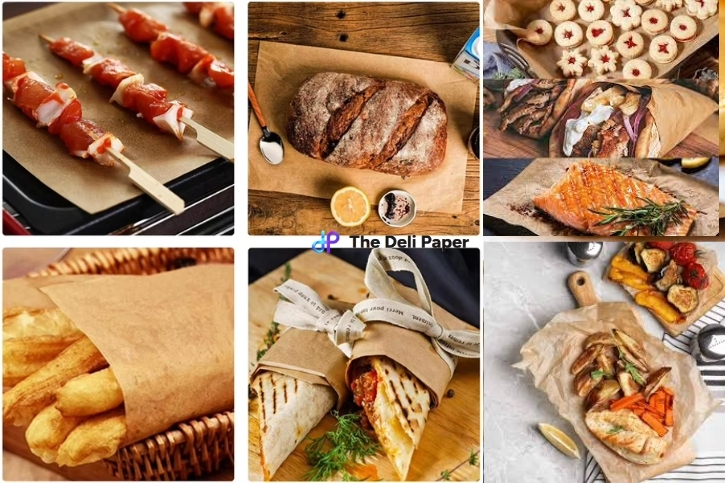
Introduction
The tools and materials that you use are just as important to the success of your cooking and baking. Home cooks and chefs alike often ask which is better: butcher or parchment paper. Using the wrong type of paper can have a negative impact on the outcome of your dish.
Knowing when to use butcher paper vs parchment paper for baking cookies, roasting vegetables, wrapping meats, or preparing takeout orders will ensure better results, an easier cleanup, and safer food preparation. The Deli Paper, a trusted supplier of high-quality paper options, offers both. This makes it easy to choose the right one for your business or kitchen needs.
Butcher paper is thick and durable. It's often used to wrap meat, fish or poultry. The porous surface of the paper allows for air circulation, while still protecting the food during storage and transportation. It is ideal for applications in which heat resistance isn't required, but presentation and protection are key.
Butcher paper has many benefits.
Brown butcher paper is preferred by many restaurants and butcher shops because of its natural look and professional presentation. It's perfect for home use to store or gift prepared foods.
Parchment Paper has been treated so that it can withstand high temperatures and provides a non-stick coating for baking and cooking. This paper is perfect for tasks that require ovens, such as baking cookies, roasting vegetables or steaming fish in a papillote. Butcher paper is not able to handle high temperatures.
The following are some of the key advantages of parchment:
Rolls of parchment paper are ideal for large trays and custom jobs, but sheets pre-cut for baking can be convenient.
It is important to know the difference between butcher paper vs parchment paper for a safe, effective kitchen.
Features Butcher Paper Parchment Paper
Heat Resistance Limitations: Not recommended in high temperatures Safe up to 450degF / 230degC
Surface Porous and coarse Smooth, non-stick
Best Use Wrapping, storage and presentation Non-stick baking, roasting and cooking
Appearance Brown, natural White or brown, treated
Clean-up No need to purchase Easy; disposable after use
Summary: Use parchment paper to bake, roast, and use non-stick items.
Some people ask: can butcher paper go in the oven
Butcher paper is not intended for use in high temperatures. It can burn or produce smoke if exposed to temperatures above 300degF. It is possible that some food businesses use parchment paper for low temperature roasting. However, for baking and high heat roasting it's always safer to use parchment paper.
Use butcher paper with caution:
It is safe to use in the microwave. You can use it for steaming, heating up sandwiches or covering dishes. It won't melt in a microwave with moderate heat, unlike wax paper. Never exceed the recommended temperature for microwave or oven use.
Related Article: Can parchment paper go in the microwave
Butcher paper is excellent for applications that don't require high heat.
The Deli Paper offers branded butcher papers that can add professionalism to your packaging and give it a more premium look.
When baking or using high heat, parchment paper is necessary.
For businesses, parchment baking sheets and rolls simplify workflow, reduce mess and ensure consistent results.
The right choice between parchment and butcher paper will ensure the best results in every kitchen task. Parchment is perfect for use in the oven, non-stick cooking, roasting and microwaving. Butcher paper can be used for packaging, presentation, and wrapping.
Using each paper correctly can save time, improve results and maintain professionalism for both home chefs and food businesses. The Deli Paper, a supplier of high-quality parchment and butcher papers, can meet your baking, cooking and packaging requirements with confidence.
Can I bake with butcher paper?
No. Butcher paper can burn in the oven. Use parchment paper for baking.
Can parchment paper be heated in the microwave?
It is safe to microwave and reheat, unlike wax papers.
Can parchment paper be re-used?
For dry or low moisture tasks, yes. Replace sheets that are used to clean sticky or greasy food.
What is the best paper to use for wrapping meat in?
Because it is strong, breathable and durable, butcher paper is the preferred material for packaging and storing.
Both papers can be used in a single kitchen.
Yes. Yes.
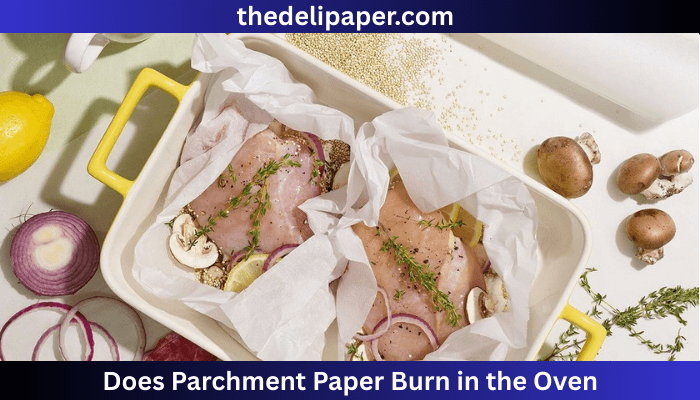
December 19, 2025
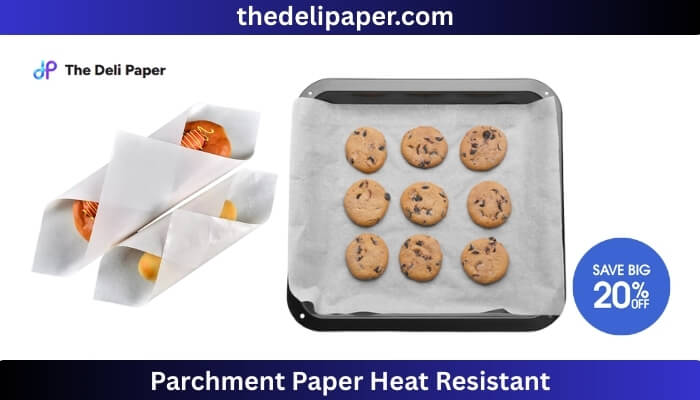
December 13, 2025
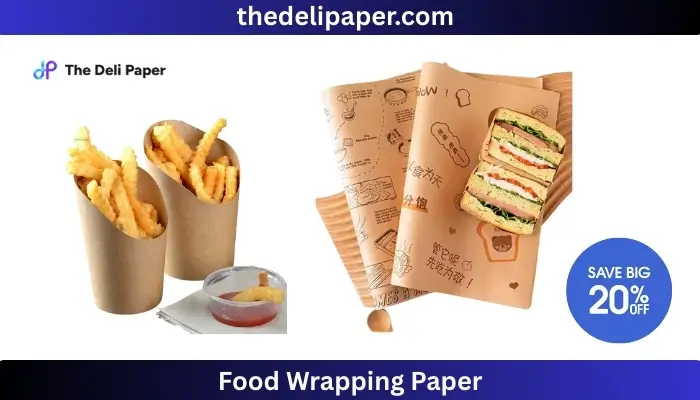
December 12, 2025
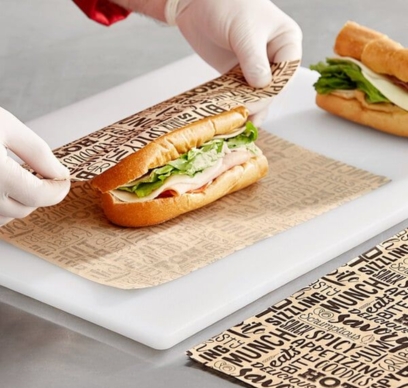
November 16, 2025
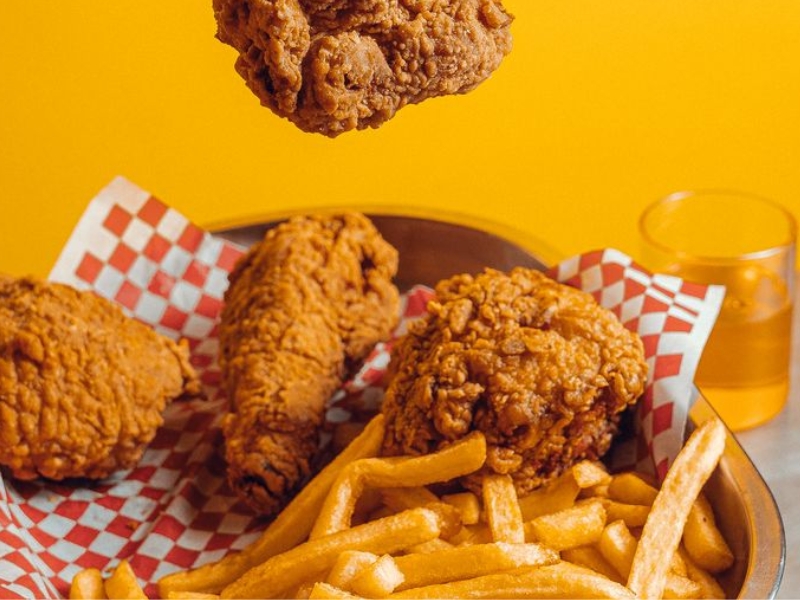
November 11, 2025
